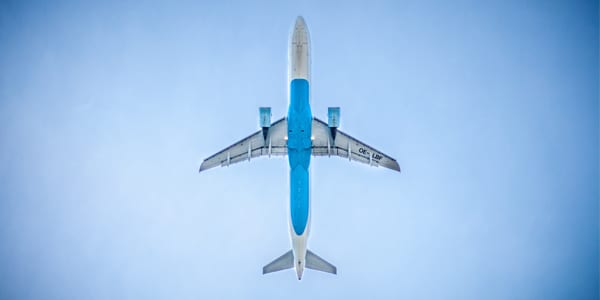
Ever since Virgin America became the first airline to offer on-board Wi-Fi in 2008, it didn’t take Nostradamus to predict that the day would come when an aviation emergency would be broadcast live in real-time by a passenger using this new online connectivity option. After all, from terrorist attacks to natural disasters, few major events now are complete without graphic images on social media, showing the experiences of people at the scene as they happen.
What was once a hypothetical reputational risk has become the new reality for the aviation industry. On April 17, 2018, a passenger on Southwest Airlines Flight 1380 logged on to Facebook Live to broadcast what he thought were his final goodbyes after an uncontained engine failure sent debris through a window, causing explosive decompression on the aircraft.
“Something is wrong with our plane… we are going down!” shouted passenger Marty Martinez through his oxygen mask in a live stream seen by just a handful of followers at the time, but has since been shared and viewed more than 540,000 times within the next 24 hours. Tragically, a woman who was seated next to the smashed window was killed, making this the first fatal event on a U.S. airline since 2009.
The challenge of responding to aviation crises amplified by new communication technology and social media is not new. The first example of a survivor tweeting about an accident was in December 2008, when a Continental Boeing 737 broke apart after sliding off an icy runway in Denver. More seriously, a Qantas Airbus A380 suffered a near-catastrophic engine explosion in November 2010, shortly after leaving Singapore. Reports of an “explosion in the sky” over a nearby island were followed by photos of Qantas-branded debris posted on Flickr and Facebook, and ultimately led to newswires (mis)reporting that the A380 had crashed, 20 minutes before it returned safely to Singapore.
This was the first time a social media “firestorm” about an unfolding aviation crisis had erupted while the aircraft involved was still airborne. It left Qantas (which had no social listening capability) mystified when its share price suddenly started falling. This event sparked a global initiative by the International Air Transport Association (IATA) to redefine and codify “best practices” in aviation crisis communications for the digital age.
Many airlines have now adapted their crisis response strategies to include robust monitoring and responding via social channels, recognizing that, in today’s world, breaking news tends to break first on Twitter. But the Southwest incident raises new questions for airlines, even though the Martinez stream was brief and the image quality was poor.
Before Wi-Fi, airlines had the comfort of knowing that passenger tweets or videos of in-flight events would not hit social media until the passengers were safely back on the ground. When a Cathay Pacific Boeing 777 diverted to a military base in the Aleutian Islands en route to Los Angeles in July 2015, the airline had several hours to prepare its response to the first videos, which only appeared after the flight eventually terminated in Anchorage. One video was ultimately viewed more than five million times on YouTube.
More than 50 airlines offer on-board Wi-Fi, which is rapidly becoming a standard service feature for both domestic and some international flights. For carriers offering Wi-Fi, how do they handle this new form of operational transparency? Does the crew shut it off in an emergency, even if their primary responsibility is passenger safety? Or do they leave it on, knowing that anyone in the cabin could then broadcast the unfolding story online. Either way, the airline should make a policy decision in advance and be prepared to defend it if challenged, rather than leaving it to the discretion of the captain. The pilots and crew have enough decisions to make in a genuine emergency without worrying about whether anyone is watching on Facebook.
This new reality also creates broader external communications challenges. Traditionally, airlines are restricted in what they can say following a serious aviation incident. For example, in the U.S., the National Transportation Safety Board is responsible for managing the flow of information about the nature of the incident and the subsequent investigation. This new live-streaming dynamic creates questions for how airlines and regulatory agencies work together on the external communications response when on-board video, photos or eye-witness accounts from passengers are available almost instantly to anyone who cares to see them. This includes attorneys for the passengers or their families, who may use them to challenge the official version of events and to support potential claims for punitive damages against the airline or the other parties involved.
For communication professionals in the aviation sector, these new realities have made their jobs even more challenging. Are you prepared to respond to a breaking emergency where the story is being told in real-time by the people who are on the flight? How can you enhance monitoring/listening capabilities to capture in-flight emergency streaming? How do you react if the live stream from the cabin stops and the screens go blank? Does this new passenger-generated content become potential evidence for future legal actions against the airline? How does this new dynamic influence the airline’s approach to active social media engagement?
Real-time crisis communications in the aviation industry just became even more real.




